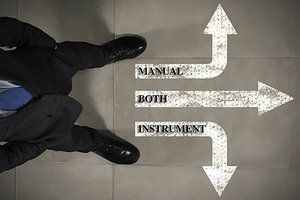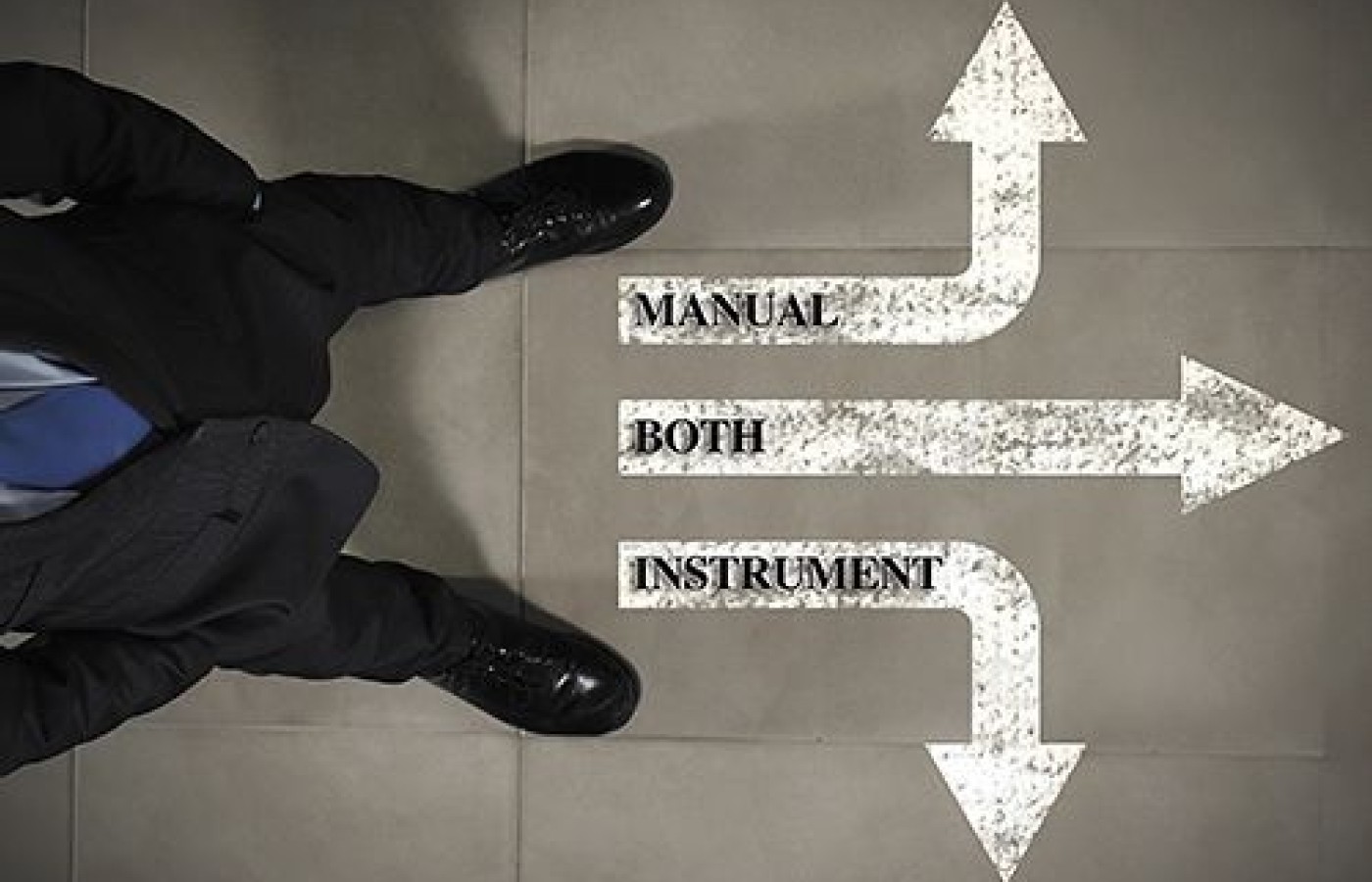New York's highest court of appeals has held that no-fault insurers cannot deny no-fault benefits where they unilaterally determine that a provider has committed misconduct based upon alleged fraudulent conduct. The Court held that this authority belongs solely to state regulators, specifically New York's Board of Regents, which oversees professional licensing and discipline. This follows a similar recent ruling in Florida reported in this publication.
Manual vs. Instrument Assisted Adjusting: What Your Peers Think
To help enhance your practice and increase your bottom line, we ask practicing doctors of chiropractic, like you, for ideas and solutions that have been tested in real-world environments.
In this isue, we asked: "Do you prefer manual adjusting or do you use an instrument to adjust your pateints? If you pefer one over the other, why? If you use both, why?"
There were passionate responses on both sides of the debate with many different reasons offered to prove why one was better or more efficient than the other. Based on your responses, one way didn't come out on top and your peers have many reasons why you might want to consider having both options for your patients.
Manual Only

Chiropractors in this camp are very passionate about the manual adjusting philosophy.
Dr. Robert Rowe of Annapolis, Maryland said he prefers manaual adjusting because "this is how I was trained and I feel I can provide the requisite force necessary to effectively manipulate a joint better than an instrument can. Remember, chiropractic is a science, art and philosophy. Manual adjusting is the art of chiropractic."
There are other practical reasons as well, including financial considerations. Dr. Eric Choi of Aurora, Colorado prefers manual adjusting because in addition to his patients prefering manual adjustments, "it doesn't require purchasing or maintaining equipment, just the need to brush up on your skills."
Dr. Daniel Turack of Wexford, Pennsylvania believes "manual adjusting is the key to success." and, "nothing will ever compare to the power of a manual adjustment. Deep tissue work and manual adjustments are what will bring a patient back to full functionality and pain relief."
Instument Only Adjusting
However, those chiropractors on the instrument assisted adjusting side are equally as passionate about why they chose this treatment option, with the most common reason being it prolongs their careers.
Dr. Howard Lewis of Fallston, Maryland said, "Instrument adjusting is more specific and less demanding. There is no discomfort for the patient and no risk of injury for the doctor."
There is also the dilemma of what to do with patients in so much pain they can't tolerate a manual adjusting. Dr. William McKnight of Elko, Nevada said, "when patients are in too much pain to be manually adjusted, they avoid the chiropractor. If they are familiar with adjusted instrumented techniques, they are more likely to receive needed treatment earlier if they know they will be able to tolerate the procedure.
"Also, instrument use is much safer over the rib areas for older patients and can be used to effectively treat trigger points."
"I find instrument adjusting more precise and easier on the patient and on me. At 81 years of age, I'm sure I would physically not be able to continue treating patients if I used manual adjusting," said Dr. Marla St. John of Hood River, Oregon.
A Combination of Both
The majority of those responding said they use a combination of both manual and instrument adjusting, depending on the needs of the patient before them.
Dr. Chase Hayden of Houston says he uses both manual and instrument adjusting equally in his practice. "I prefer instrument corrections when I am working with sports injuries, loss of motion and neurological problems as it allows me to make corrections through the full range of motion. When taking patients through applied kinesiology and/or SOT assessments, I tend to do more manual adjustingng."
Dr. Russ Kalen of Chico, California said he, "mostly adjusts patients with manual methods, but I am glad to have an instrument for those patients who are particularly stiff or have very limited range of motion. I find the more rapid release of the instrument matches those patient's natural tissue frequency of movement. So their bodies 'understand' the treatment and respond. I think of my different adjusting methods as a spectrum of slow to quick frequencies and try to match the technique to the patient's body type."
"In my practice, I use a combination of techniques," said Dr. Danielle Finden of St. Pau, Minnesota. "Occassionally, a new patient to the practice will request specifically not to be manually adjusted and so having other tools in my toolbox attracts these patients to my office. The selected technique for each patient is otherwise dictated by my professional opinion of what will work best for that specific patient. I have found that some patients truly respond better to one method of adjusting over another."
Dr. Robert Sweeney of Bucyrus, Ohio uses both as well. "I find instrument adjusting to be more specific, especially for extremity adjusting, yet not as effective when there is significant displacement and/or rotation. I probably favor instrument adjusting for acute patients as there is quicker resolution of symptoms with less after effects. It's also very effective and safe when there is osteoporosis, old compression fractures, acute discs and anterolisthesis."
Dr. Gerald Coy of Whittier, California said he does, "a lot of adjusting by hand, but with a 90-some patient, or other conditions which I have concern as to the level of mobilization that the patient might be able to tolerate, I prefer an instrument."
Perhaps, the best response to using both manual and instrument adjusting comes from Dr. Dan Petrosky of Alpine, Texas. "Do you golf with only one club? Different situation with the same patient or different patients on a different day mean treatment must be based on patient needs. That is why they call us Doctors. Before you use your hands or an instrument, you must first use your head."



